Brevis...
Price: $995
Likes: quality audio path, easy to use
Dislikes: Not one major complaint
Wow Factor: best Presonus interface yet
by Bruce Bartlett
I was excited to try out the PreSonus Studio 192 recording interface for PC and Mac. It boasts 26 inputs and 32 outputs, a USB 3.0 connection to a computer, A/D-D/A that operates up to 24/192 kHz, and eight Class-A XMAX preamps. It’s compatible with most music recording programs. Price is $899 street ,including loads of free software.
The unit’s 192 kHz sampling rate is a big deal. Compared to recording at 44.1 kHz sampling rate, recording at 192 kHz extends the ultimates upper frequency response. The 44.1K rate gives a frequency response up to 22 kHz, while the 192K rate gives a response up to 96 kHz. That’s way above the upper limit of microphones and loudspeakers. But using a higher sample rate lets the A/D converter use a gentler-slope anti-alias filter with less phase shift. The result is improved transient response and nets a more audible smoothness.
Also, the higher the sample rate, the lower the latency (delay) of any DSP processing in your computer. A 192K rate greatly reduces latency, so when you tap a key on a MIDI keyboard, you get almost instant sound triggering.
With its ultimate 24-bit/192k sample rate audio via upgraded converters, USB 3.0 connection, monitor controls and its powerful StudioOne recording software, the PreSonus Studio 192 audio interface is a class act for those home recordists and seasoned pros who want to record/edit in the “box.”
Another major feature is the implementation of USB 3.0 as the data transport path to the PC OR MAC. The Studio 192 connects to your computer with a USB 3.0 port. USB 2.0 signal rate is up to 480 megabits per second, while USB 3.0 signal rate is up to 5 gigabits per second. So USB 3.0 is about ten times faster than USB 2.0. It should be noted that USB 3 vs USB 2 bus speed does not affect latency, but USB 3.0 is a bigger pipe, so it does affect the number of audio streams.
The real importance here is the number of tracks and the fact that with the DSP effects, we need to use more streams, and USB 3 enables that process. USB 3.0 also lets you record and play back more tracks and plug-ins, and at higher sampling rates, than USB 2.0. USB 3.0 is backward-compatible with USB 2.0, so if your computer’s USB port is version 2, it will still work with the Studio 192 interface.
Features
The Studio 192 contains 8 XLR/TRS combo jacks, so you can simultaneously record up to eight instruments via the analog connections, such as a fully miked drum kit; you also can record via ADAT Optical using an A/D/A expander, such as the PreSonus DigiMax DP88 and digitally via S/PDIF. Two mic/instrument jacks are on the front and six mic/line connectors are on the back. I liked the convenience of having a couple of inputs on the front for quick input changes and experiments. It’s easy to plug in and capture a singing guitarist, for example.
Rather than having a gain knob for each channel, the Studio 192 has a single gain knob and a gain indicator from 0 dB to 60 dB. You tap the previous and next arrows to change the input channels, then set the recording level with the gain control. These level settings are recallable. The gain knob affects the mic and instrument inputs but not the line inputs.
48V phantom power can be enabled for any or all channels. Each input channel has a multi-step LED level indicator, as do the main stereo output channels. The clip LEDs flash at -0.5 dBFS.
A useful feature is the monitor control section. Three push buttons are labeled Talk, Dim/Mute, and Mono. The Talk (talk-back) button works like an intercom, letting the engineer talk to the musicians via a built-in mic over any of the 8 output channels. The Mono button converts the monitored signal to mono so you can check for phase cancellations and work out the best EQ for separation of instruments. Pressing Dim/Mute temporarily drops or mutes the main output signal. Press and release to drop the level by 20 dB; press and hold to mute.
 |
| Studio 192 analog section |
A large knob labeled Main adjusts the monitor speaker listening level, while two smaller knobs control the level at two 1/4-inch headphone jacks. Conveniently mounted on the front panel, an on-off switch glows steady blue when USB sync is established.
The rear panel contains 6 XLR mic/line inputs., which keeps much of the mic cables hidden and uncluttered to the front panel. Also on the rear is a full complement of I/O connectors: USB 3.0, ADAT S/MUX, S/PDIF digital in/out (up to 96 kHz), word clock in and out on BNC connectors, L and R main outputs using 1/4-inch TRS jacks, and eight line outputs that are TRS balanced. Those eight outputs can be used for independent monitor mixes or for loudspeaker switching.
Superb onboard mixer
The Studio 192 comes with a powerful on-screen, UC surface monitor mixer (Figure 3), which allows you to adjust the mix between live mic signals and track playback. But it goes way beyond that.
“Fat Channel” DSP processing in the UC Surface adds all sorts of effects to the headphone mix without affecting the recording itself. Every input channel has gating, compression, expansion, limiting, reverb, delay, and 4-band semi-parametric EQ. Using these effects does not add noticeable latency delay, unlike the usual routing of input signals through effects in a DAW. This zero-latency monitoring avoids the confusion of hearing yourself delayed over headphones when using DAW effects.
 |
| ...And the digital connection options |
The sonic character of the DSP effects sounded quite good, except for a bit of grain in some of the reverb presets. That’s not too critical, because these effects are heard only over headphones while overdubbing; they are not part of the recording. Other reverb presets sounded smooth.
The UC Control allows you to create and store a library of scenes. A scene is like a snapshot of your monitor mix. It stores each Fat Channel parameter, input gain structure, the aux and effects mixes, each fader’s position, channel mutes and solos. With recallable monitor mixes, it’s easy to record a band in several sessions and use the same monitor mix setup each time.
Free software
The Studio 192 interface is bundled with lots of free downloadable software. Some examples are the PreSonus UC Surface Contrtol software, PreSonus Studio One 3 Artist DAW software; and the Studio One manual, demo and tutorials.
If you have not tried the latest generation of recording interfaces in a while, you will be impressed how good the PreSonus Studio 192 sounds in comparison to the old computer recording gear.
Studio One includes the Studio Magic Plug-in Suite, including plug-ins from Maag Audio, Lexicon, and Arturia. And there’s Brainworx's bx-opto, and SPL's Attacker transient designer. For 2018, the Studio Magic Plug-in Suite was updated for 2018:, including Klanghelm SDDR2tube and Output Movement. These plug-ins are compatible with any DAW. Also available are free samples of drums, piano, synth and other instruments, plus music loops. PreSonus has produced many excellent tutorial videos for Studio One software.
Using an iPad with Studio One Remote software, each studio musician can set their own headphone mix. And the engineer can control the Studio One DAW away from the computer. Remote control of the preamps can be done via UC Surface software for iPad and Windows 8 Touch computers, Mac and Windows laptops and Android tablets.
The audition
The PreSonus Studio 192 is a high-quality, multichannel recording interface, Though it came late to the 24/192 standard of other competitors, but it is a well-designed, great sounding recording center for the computer. I liked the solid feel of all the controls and the beautiful futuristic styling. Even the packaging was slick and eco-friendly. I had high expectations for quality sound, considering that the interface includes Burr-Brown converters which are spec’d at 118 dB dynamic range. Sonically, and operationally, the the PreSonus delivered the good.
If you have not tried the latest generation of recording interfaces in a while, you will be impressed how good the Studio 192 sounds in comparison to the old computer recording gear. To determine how the sound quality of PreSonus interfaces has evolved, I did an A-B comparison between the PreSonus Studio 192 (running at 24-bits/192K) and the PreSonus FireStudio (running at 24-bits/44.1K). I picked up a variety of sound sources with a Rode NT-1 microphone, and split its signal through a Y-cable to both interfaces.
 |
| Darn tootin' the Studio 192 gets a Stellar Sound Award! This is one of the best recording/editing interfaces available for serious home studio buffs. |
The verdict
With its ultimate 24/192K sample rate via upgraded converters, USB 3.0 connection, monitor controls and its powerful StudioOne recording software, the Presonus Studio 192 audio interface is a class act for those home recordists and seasoned pros who want to record/edit in the “box.” Highly recommended and a worth recipient of the Everything Audio Network Stellar Sound Award.
Bruce Bartlett is a long time audio professional, microphone designer/engineer, and a product review contributor to the Everything Audio Network.
Bruce Bartlett is a long time audio professional, microphone designer/engineer, and a product review contributor to the Everything Audio Network.





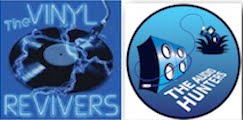

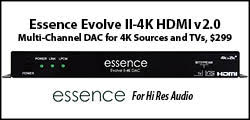

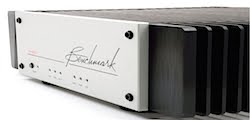


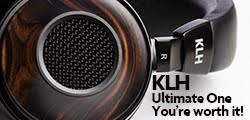
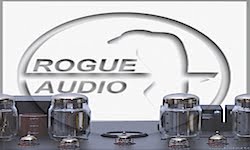

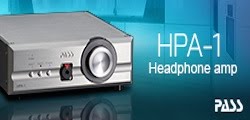


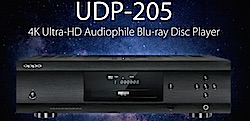
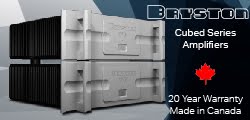

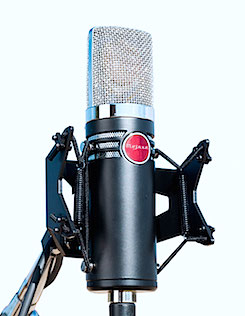
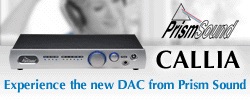
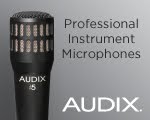
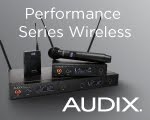
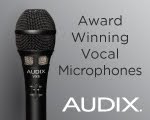
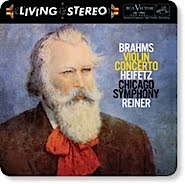






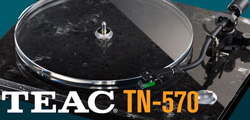





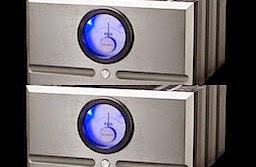
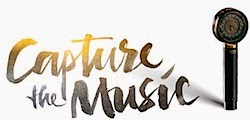


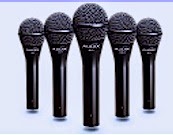


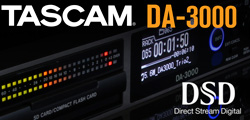

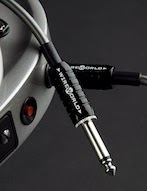

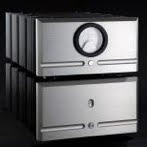









No comments:
Post a Comment